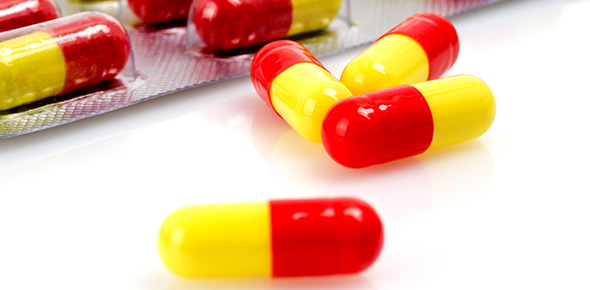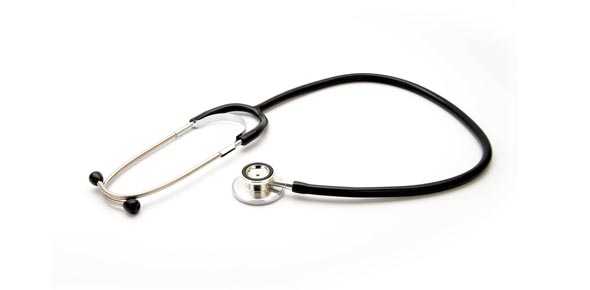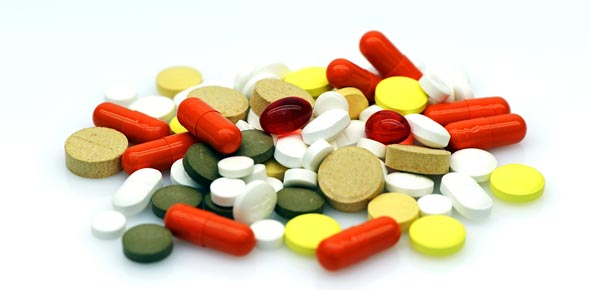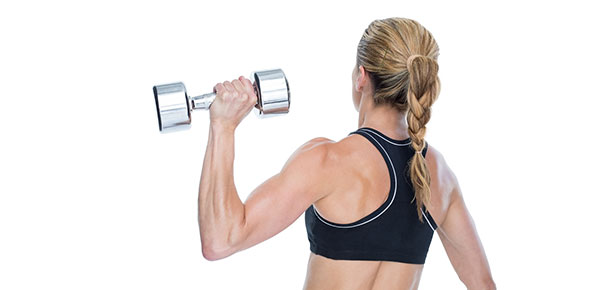Related Flashcards
Related Topics
Cards In This Set
| Front | Back |
|
Name 3 categories of sclerosant solutions:
|
The categories of sclerosant solution are chemical agents, osmotic agents and detergents.
|
|
Name 4 detergent sclerosants:
|
Sodium morrhuate, STS, polidochanol and ethanolamne oleate are detergent sclerosants.
|
|
Name 2 strong detergent sclerosants:
|
Sodium morrhuate and sodium tetradecyl sulfate (STS) are considered strong detergent sclerosant solutions. They have been shown to macerate the endothelial lining of veins within 1 second of exposure.
|
|
What is the concentration of hypertonic saline used in sclerotherapy?
|
23.4%
|
|
Hypertonic saline is a _____ sclerosant.
|
Osmotic sclerosants (e.g. hypertonic saline) do not cause desquamation of endothelial cells.
|
|
What is the weakest osmotic sclerosant?
|
Glycerin is ranked as the weakest osmotic sclerosant.
|
|
Which zone of action is irreversibly injured by sclerosant solutions?
|
Zone 1 endothelium is irreversibly damaged by sclerosant solution. In Zone 3, vascular endothelium is not injured because the sclerosant is diluted below its injurious concentration. Zone 2 endothelium will recanalize because it is partially injured.
|
|
True or False: Sodium morrhuate and STS are strong detergent sclerosants.
|
True. Sodium morrhuate and sodium tetradecyl sulfate (STS) are considered strong sclerosant solutions. They have been shown to macerate the endothelial lining of veins within 1 second of exposure.
|
|
A 2 cm vein in the standing position would have a diameter of _____ when the leg is elevated.
|
Patient posture has a strong effect on the effectiveness of sclerosant solutions when used in non foamed mixtures. A 2 cm vein in the standing patient would have a diameter of 0.5 cm when the leg is elevated and 1 cm when the patient assumes a supine position.
|
|
True or False. Smaller volumes and lower concentrations of sclerosants should be used when using a foam technique of sclerotherapy in the lower extremities.
|
True. Distance from injection site, volume of sclerosant used and concentration are very important considerations in traditional sclerotherapy. When using foam scerotherapy, the concentration and volume should be smaller - there is less dilution of the chemical as it travels to Zone 2 and Zone 3.
|
|
True or False. Sodium morrhuate is an FDA approved sclerosant.
|
Sodium morrhuate is exempted from FDA approval as it has been used since 1920. It is unstable in solution.
|
|
Sodium morrhuate is derived from _____.
|
Sodium morrhuate is not synthetic. It is derived from cod liver oil
|
|
Can sodium morrhuate cause cutaneous necrosis?
|
Yes. It can cause cutaneous necrosis when it extravasates outside the vein.
|
|
Can sodium morrhuate cause anaphylactic reactions?
|
Yes
|
|
Which detergent sclerosant is used to treat esophageal varices?
|
Ethanolamine oleate is a synthetic product. It is a weak detergent sclerosant. It is used to treat esophageal varices.
|








